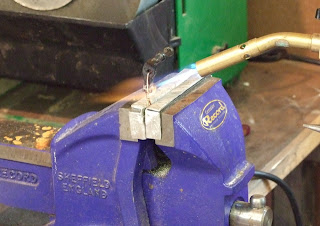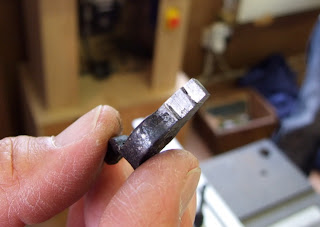Martin Cash
Established Member
There are at least two considerations in fitting a super thick blade to a handplane.
The first is the obvious one of whether the blade will physically project into the mouth of the plane. Better if you don't have to file the mouth opening bigger IMHO.
The second is the fact that the depth adjusting lever end has to project through the blade to reach the cap iron/chip breaker.
With a very thick blade it simply cannot reach it and you lose any depth control.
If you buy a replacement blade from LN look for the one that is specific to your model.
Often the blade that came with the plane is perfectly adequate when it is fettled correctly.
Might just need some TLC.
Regards
MC
The first is the obvious one of whether the blade will physically project into the mouth of the plane. Better if you don't have to file the mouth opening bigger IMHO.
The second is the fact that the depth adjusting lever end has to project through the blade to reach the cap iron/chip breaker.
With a very thick blade it simply cannot reach it and you lose any depth control.
If you buy a replacement blade from LN look for the one that is specific to your model.
Often the blade that came with the plane is perfectly adequate when it is fettled correctly.
Might just need some TLC.
Regards
MC






